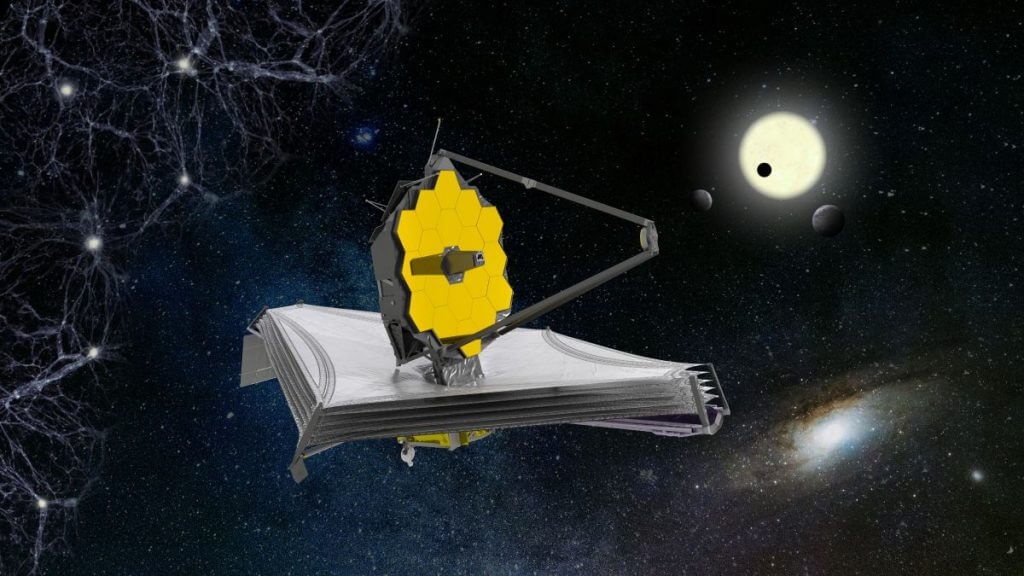We finally have hints of what the first operational images will be from NASA’s deep-space observatory.
Among the first pictures coming in from the $10 billion James Webb Space Telescope will be “the deepest image of our universe that has ever been taken,” according to NASA administrator Bill Nelson.
While not specifying which early-universe objects Webb will focus upon, nor how old these targets are, Nelson suggested the image will show the earliest objects yet seen. “This is farther than humanity has ever looked before, and we’re only beginning to understand what Webb can and will do,” he added.
Live updates: NASA’s James Webb Space Telescope mission
Related: How the James Webb Space Telescope works in pictures
Webb’s new image may supersede the Hubble Space Telescope’s series of deep image fields showing galaxies in our universe formed as little as a few hundred million years after the Big Bang, which took place roughly 13.7 billion years ago.
Nelson was speaking at a media event at the Space Telescope Science Institute in Baltimore, which manages Webb operations. NASA used the media event to discuss Webb’s forthcoming operational image release July 12 along with the range of science the observatory will conduct early in its tenure, including solar system objects, exoplanets, the early universe and a range of targets in between.
Another of the images coming that day will be Webb’s first spectrum of an exoplanet, according to Thomas Zurbuchen, associate administrator for NASA’s science mission directorate, who spoke at the same event. Such spectra, which measure the amount of light emitted at certain wavelengths, typically provide hints of a planet’s chemistry, which point to its formation history.
“We’ll look at these worlds out there that keep us awake at night, as we look into the starry sky and wonder … is there life elsewhere?” Zurbuchen said of the milestone. (Webb, however, is optimized to look at large gas giant planets and will likely not be able to get too much information from rocky worlds that might host life as we know it, based on past information from the consortium.)
NASA’s first science-quality images from the observatory will be released July 12 at 10:30 a.m. EDT (1430 GMT) and will be webcast live here at Space.com along with NASA’s website and social media channels. (Certain Webb partners have also committed to events or webcasts, like the Canadian Space Agency.)
Webb is completing checkouts of its four scientific instruments for operation after launching into space Dec. 25, 2021.
You can follow along with the instruments’ “check-off” list on the “Where is Webb” NASA webpage (opens in new tab). The full list of Webb’s first cycle of observations is available at this website (opens in new tab) from the Space Telescope Science Institute in Baltimore, which runs Webb operations.
Follow Elizabeth Howell on Twitter @howellspace (opens in new tab). Follow us on Twitter @Spacedotcom (opens in new tab) and on Facebook (opens in new tab).

